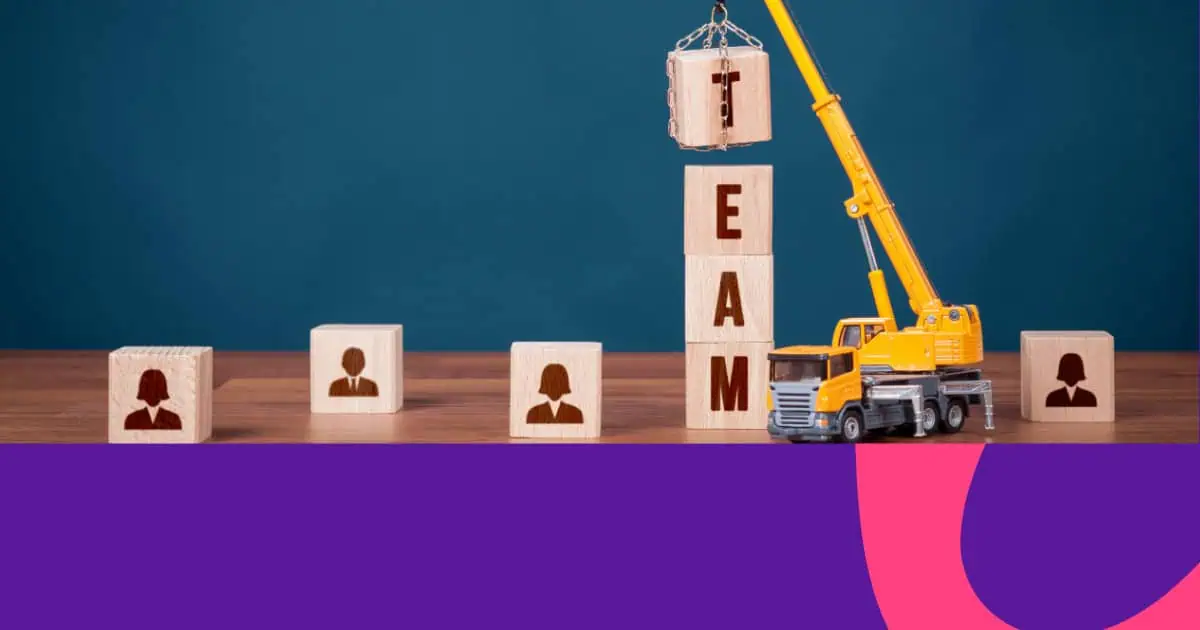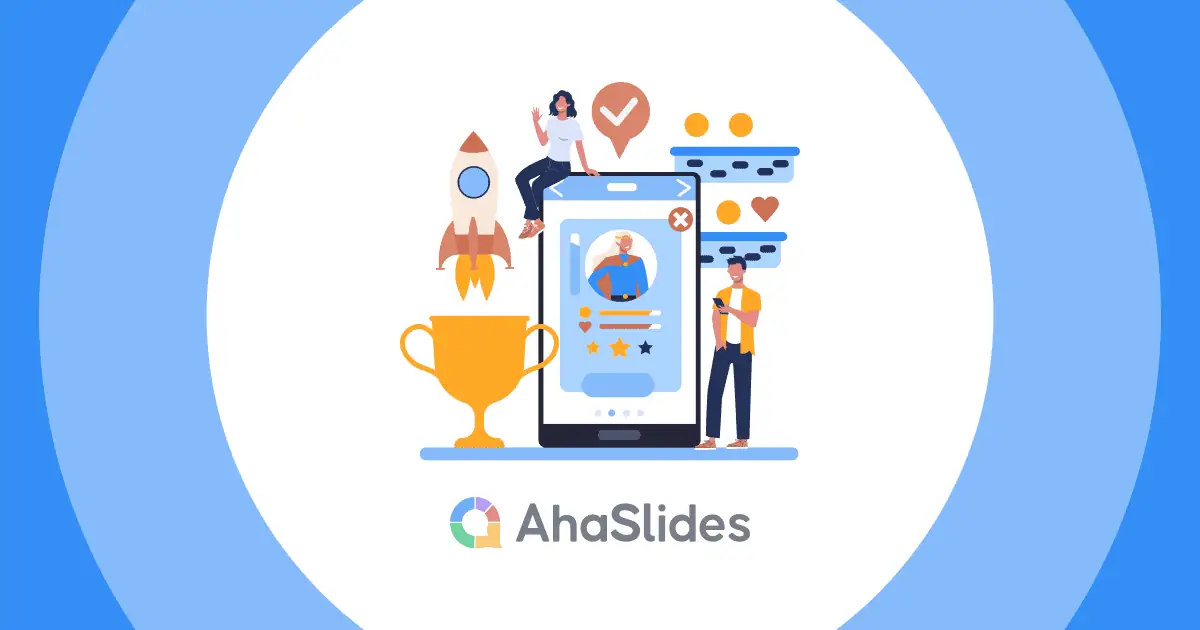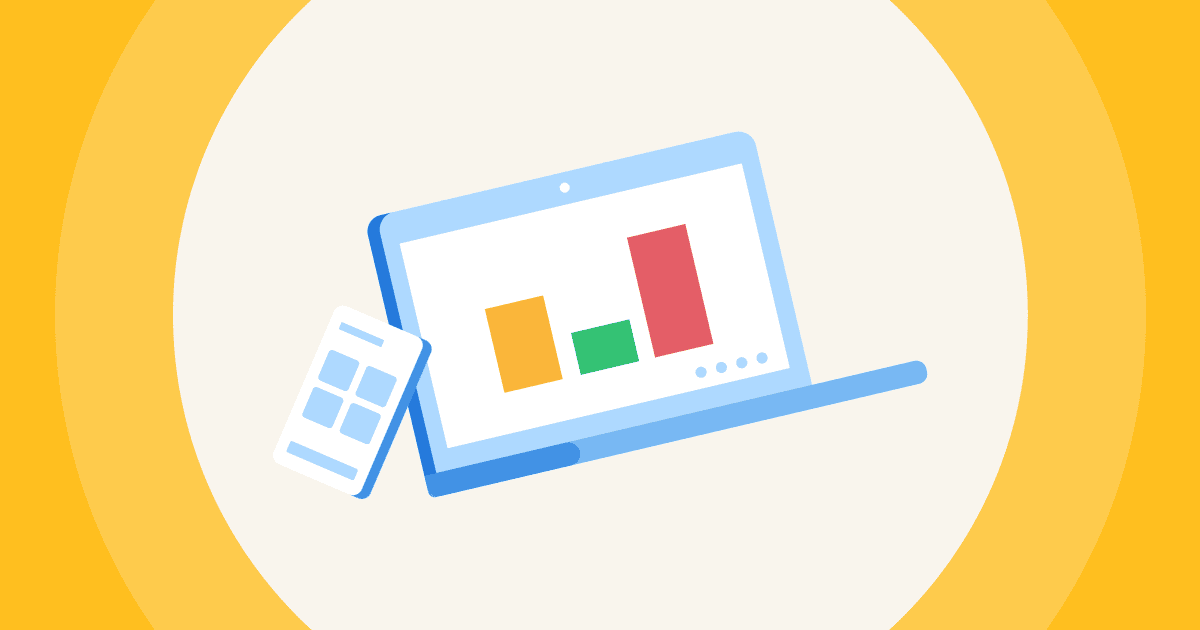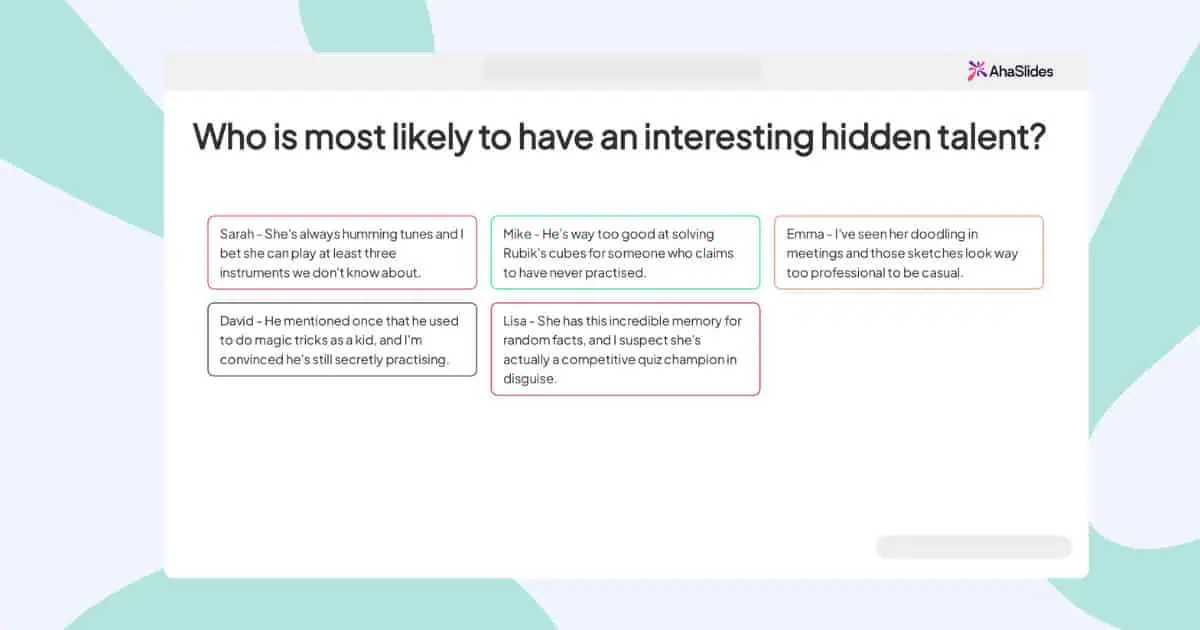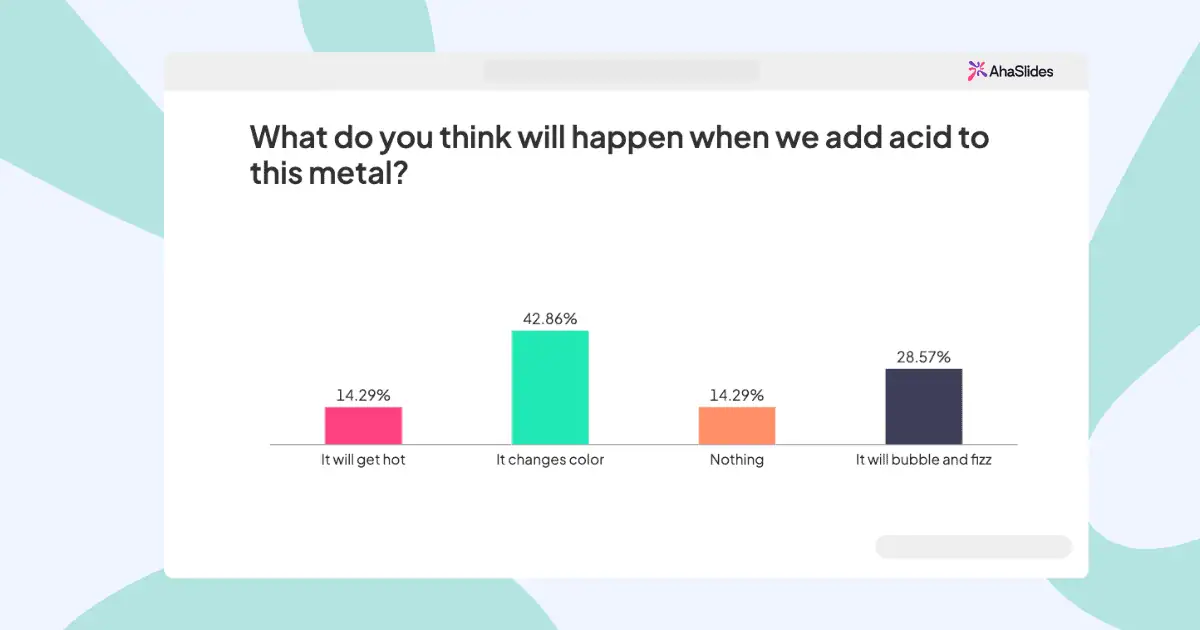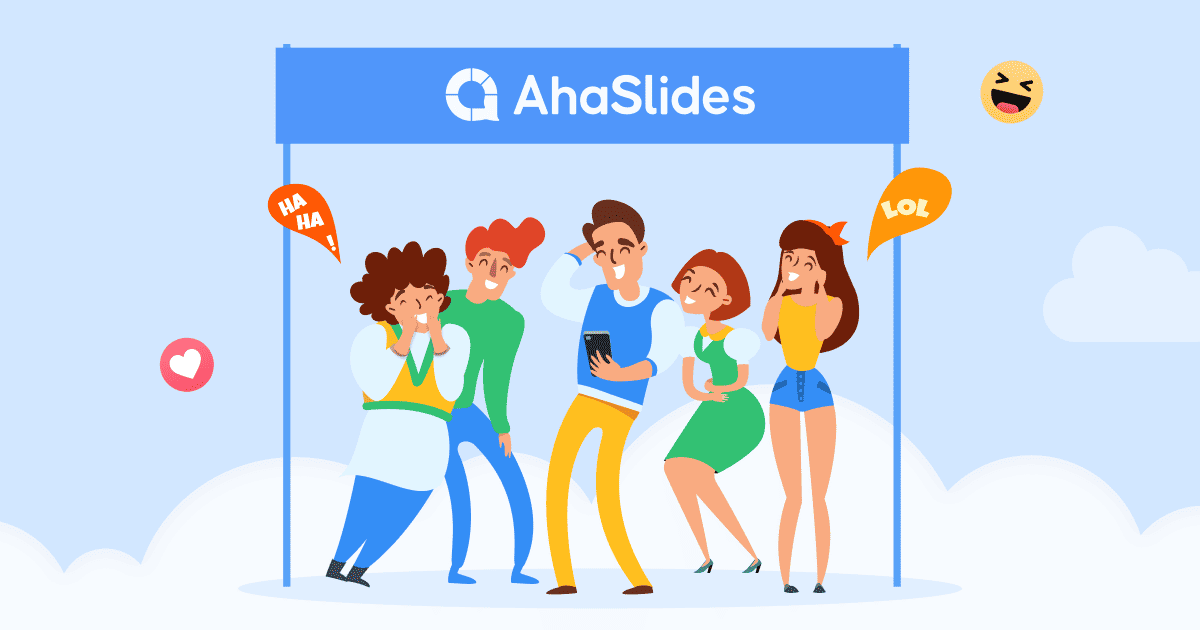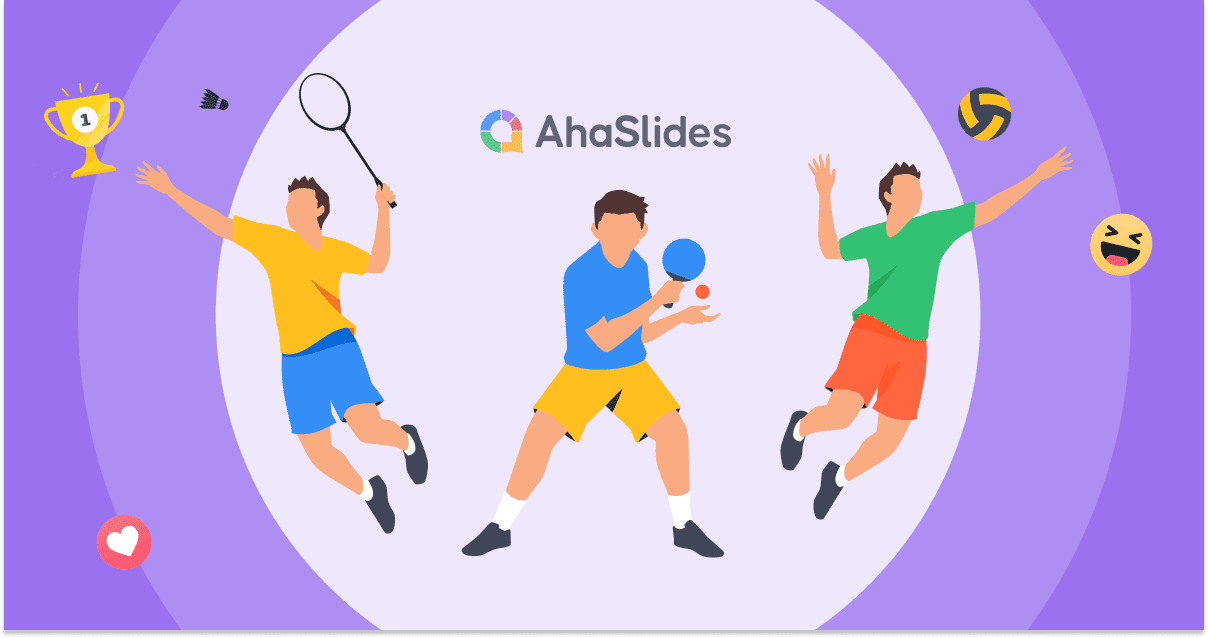Team building activities are structured exercises designed to enhance collaboration, communication, and trust within teams. These activities help employees work together more effectively while building stronger relationships and improving overall team performance.
According to a study by Gallup, teams with strong relationships are 21% more productive and have 41% fewer safety incidents. This makes team building not just a nice-to-have, but a strategic business imperative.
In this article, we will dive into the different types of team building activities, explain why companies should care and how you can implement them within your teams to build stronger, more resilient work culture.
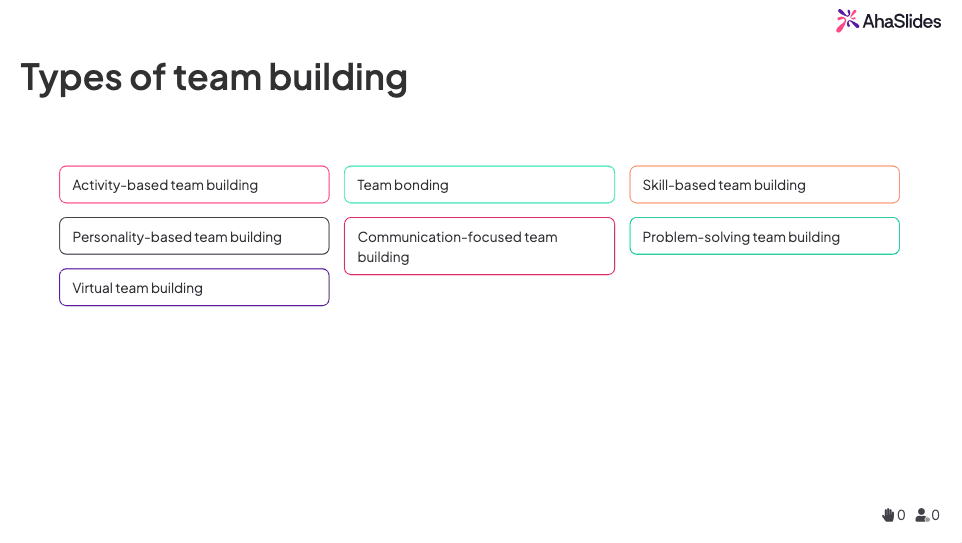
Table of Contents
Why Team Building Activities Are Important
Team building activities deliver measurable benefits that directly impact your bottom line:
Improved Communication
- Reduces misunderstandings by 67%
- Increases information sharing across departments
- Builds trust between team members and leadership
Enhanced Problem-Solving
- Teams that practice collaborative problem-solving are 35% more innovative
- Reduces time spent on conflict resolution
- Improves decision-making quality
Increased Employee Engagement
- Engaged teams show 23% higher profitability
- Reduces turnover by 59%
- Boosts job satisfaction scores
Better Team Performance
- Enhances customer satisfaction
- High-performing teams deliver 25% better results
- Improves project completion rates
*Statistics come from Gallup, Forbes, and AhaSlides' survey.
7 Main Types of Team Building Activities
1. Activity-Based Team Building
Activity-based team building focuses on physical and mental challenges that get teams moving and thinking together.
Examples:
- Escape room challenges: Teams work together to solve puzzles and escape within a time limit
- Scavenger hunts: Outdoor or indoor treasure hunts that require collaboration
- Cooking classes: Teams prepare meals together, learning communication and coordination
- Sports tournaments: Friendly competitions that build camaraderie
Best for: Teams that need to break down barriers and build trust quickly.
Implementation tips:
- Choose activities that match your team's fitness levels
- Ensure all activities are inclusive and accessible
- Plan for 2-4 hours to allow for meaningful interaction
- Budget: 50-150 USD per person
2. Team Bonding Activities
Team bonding focuses on building relationships and creating positive shared experiences.
Examples:
- Happy hours and social events: Casual gatherings to build personal connections
- Team lunches: Regular meals together to strengthen relationships
- Volunteer activities: Community service projects that build purpose and connection
- Game nights: Board games, trivia, or video games for fun interaction
Best for: Teams that need to build trust and improve working relationships.
Implementation tips:
- Keep activities voluntary and low-pressure
- Try free quizzing software to save you the hassle while keeping the fun and competitive spirit

- Schedule regularly (monthly or quarterly)
- Budget: Free to $75 per person
3. Skill-Based Team Building
Skill-based team building develops specific competencies your team needs to succeed.
Examples:
- Perfect square challenge: Teams create a perfect square using rope while blindfolded (develops leadership and communication)
- Lego building competition: Teams construct complex structures following specific instructions (improves following directions and teamwork)
- Role-playing scenarios: Practice difficult conversations and conflict resolution
- Innovation workshops: Brainstorming sessions with structured creativity techniques
Best for: Teams that need to develop specific skills like leadership, communication, or problem-solving.
Implementation tips:
- Align activities with your team's skill gaps
- Include debrief sessions to connect activities to work scenarios
- Provide clear learning objectives
- Budget: $75-200 per person
4. Personality-Based Team Building
Personality-based activities help teams understand each other's working styles and preferences.
Examples:
- Myers-Briggs Type Indicator (MBTI) workshops: Learn about different personality types and how they work together
- DISC assessment activities: Understand behavioral styles and communication preferences
- StrengthsFinder sessions: Identify and leverage individual strengths
- Team charter creation: Collaboratively define how your team will work together
Best for: New teams, teams with communication issues, or teams preparing for major projects.
Implementation tips:
- Use validated assessments for accurate results
- Focus on strengths rather than weaknesses
- Create action plans based on insights
- Budget: $100-300 per person
5. Communication-Focused Team Building
These activities specifically target communication skills and information sharing.
Examples:
- Two Truths and a Lie: Team members share personal information to build connections
- Back-to-back drawing: One person describes an image while another draws it (tests communication accuracy)
- Storytelling circles: Teams create collaborative stories, building on each other's ideas
- Active listening exercises: Practice giving and receiving feedback effectively
Best for: Teams with communication breakdowns or remote teams that need to improve virtual communication.
Implementation tips:
- Focus on both verbal and non-verbal communication
- Include remote communication tools and best practices
- Practice different communication styles
- Budget: $50-150 per person
6. Problem-Solving Team Building
Problem-solving activities develop critical thinking and collaborative decision-making skills.
Examples:
- Marshmallow challenge: Teams build the tallest structure using limited materials
- Case study analysis: Work through real business problems together
- Simulation games: Practice handling complex scenarios in a safe environment
- Design thinking workshops: Learn structured approaches to innovation
Best for: Teams facing complex challenges or preparing for strategic initiatives.
Implementation tips:
- Use real problems your team faces
- Encourage diverse perspectives and solutions
- Focus on the process, not just the outcome
- Budget: $100-250 per person
7. Virtual Team Building Activities
Virtual team building is essential for remote and hybrid teams.
Examples:
- Online escape rooms: Virtual puzzle-solving experiences
- Virtual coffee chats: Informal video calls for relationship building
- Digital scavenger hunts: Teams find items in their homes and share photos
- Online quiz sessions: Multiplayer trivia that can play in teams
- Virtual cooking classes: Teams cook the same recipe while on video call
Best for: Remote teams, hybrid teams, or teams with members in different locations.
Implementation tips:
- Use reliable video conferencing tools
- Plan shorter sessions (30-60 minutes)
- Include interactive elements to maintain engagement
- Budget: $25-100 per person
How to Choose the Right Team Building Type
Assess Your Team's Needs
Use this decision matrix:
| Team challenge | Recommended type | Expected outcome |
|---|---|---|
| Poor communication | Communication-focused | 40% improvement in information sharing |
| Low trust | Team bonding + Activity-based | 60% increase in collaboration |
| Skill gaps | Skill-based | 35% improvement in targeted competencies |
| Remote work issues | Virtual team building | 50% better virtual collaboration |
| Conflict resolution | Personality-based | 45% reduction in team conflicts |
| Innovation needs | Problem-solving | 30% increase in creative solutions |
Consider Your Budget and Timeline
- Quick wins (1-2 hours): Team bonding, communication-focused
- Medium investment (half day): Activity-based, skill-based
- Long-term development (full day+): Personality-based, problem-solving
Measuring Team Building Success
Key Performance Indicators (KPIs)
- Employee engagement scores
- Survey before and after activities
- Target: 20% improvement in engagement metrics
- Team collaboration metrics
- Cross-departmental project success rates
- Internal communication frequency
- Conflict resolution time
- Business impact
- Project completion rates
- Customer satisfaction scores
- Employee retention rates
ROI Calculation
Formula: (Benefits - Costs) / Costs × 100
Example:
- Team building investment: $5,000
- Productivity improvement: $15,000
- ROI: (15,000 - 5,000) / 5,000 × 100 = 200%
Common Team Building Mistakes to Avoid
1. One-Size-Fits-All Approach
- Problem: Using the same activities for all teams
- Solution: Customize activities based on team needs and preferences
2. Forcing Participation
- Problem: Making activities mandatory
- Solution: Make activities voluntary and explain the benefits
3. Ignoring Remote Team Needs
- Problem: Only planning in-person activities
- Solution: Include virtual options and hybrid-friendly activities
4. No Follow-Up
- Problem: Treating team building as a one-time event
- Solution: Create ongoing team building practices and regular check-ins
5. Unrealistic Expectations
- Problem: Expecting immediate results
- Solution: Set realistic timelines and measure progress over time
Free Team Building Templates
Team Building Planning Checklist
- ☐ Assess team needs and challenges
- ☐ Set clear objectives and success metrics
- ☐ Choose appropriate activity type
- ☐ Plan logistics (date, time, location, budget)
- ☐ Communicate with team about expectations
- ☐ Execute the activity
- ☐ Gather feedback and measure results
- ☐ Plan follow-up activities
Team Building Activity Templates
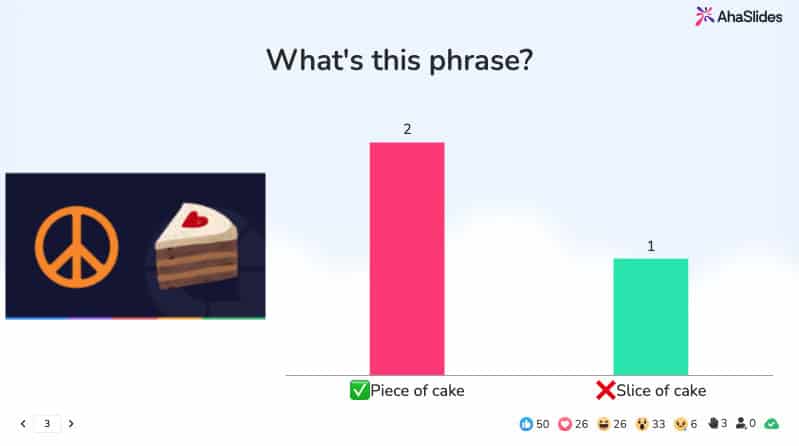
Download these free templates:
Frequently Asked Questions
What's the difference between team building and team bonding?
Team building focuses on developing specific skills and improving team performance, while team bonding emphasizes building relationships and creating positive shared experiences.
How often should we do team building activities?
For optimal results, plan team building activities:
1. Monthly: Quick team bonding activities (30-60 minutes)
2. Quarterly: Skill-based or activity-based sessions (2-4 hours)
3. Annually: Comprehensive team development programs (full day)
What team building activities work best for remote teams?
Virtual team building activities that work well include:
1. Online escape rooms
2. Virtual coffee chats
3. Digital scavenger hunts
4. Collaborative online games
5. Virtual cooking classes
What if some team members don't want to participate?
Make participation voluntary and explain the benefits. Consider offering alternative ways to contribute, such as helping to plan activities or providing feedback.
How do we choose activities for a diverse team?
Consider:
1. Physical accessibility
2. Cultural sensitivities
3. Language barriers
4. Personal preferences
5. Time constraints
Conclusion
Effective team building requires understanding your team's unique needs and choosing the right types of activities. Whether you're focusing on communication, problem-solving, or relationship building, the key is to make activities engaging, inclusive, and aligned with your business goals.
Remember, team building is an ongoing process, not a one-time event. Regular activities and continuous improvement will help your team reach its full potential.
Ready to get started? Download our free team building templates and start planning your next team building activity today!
